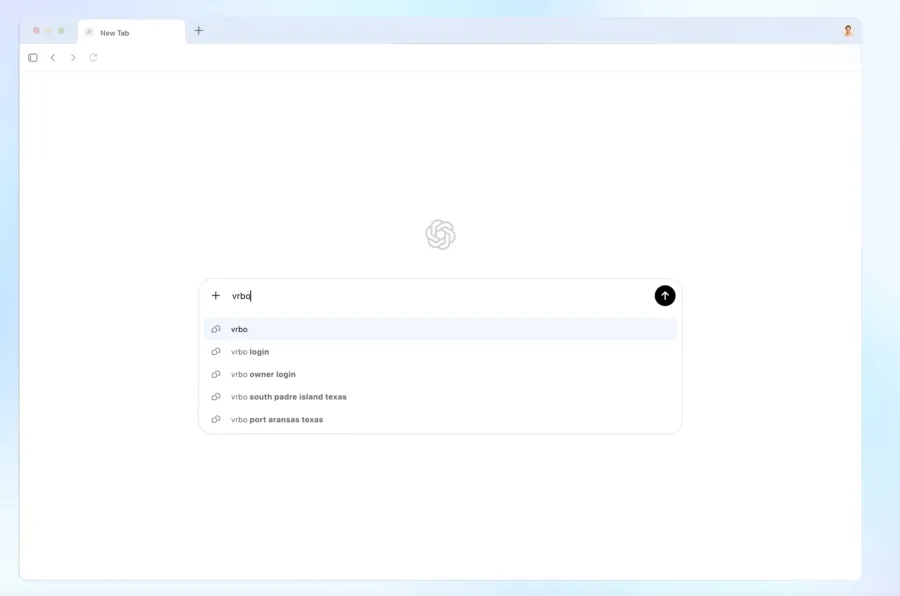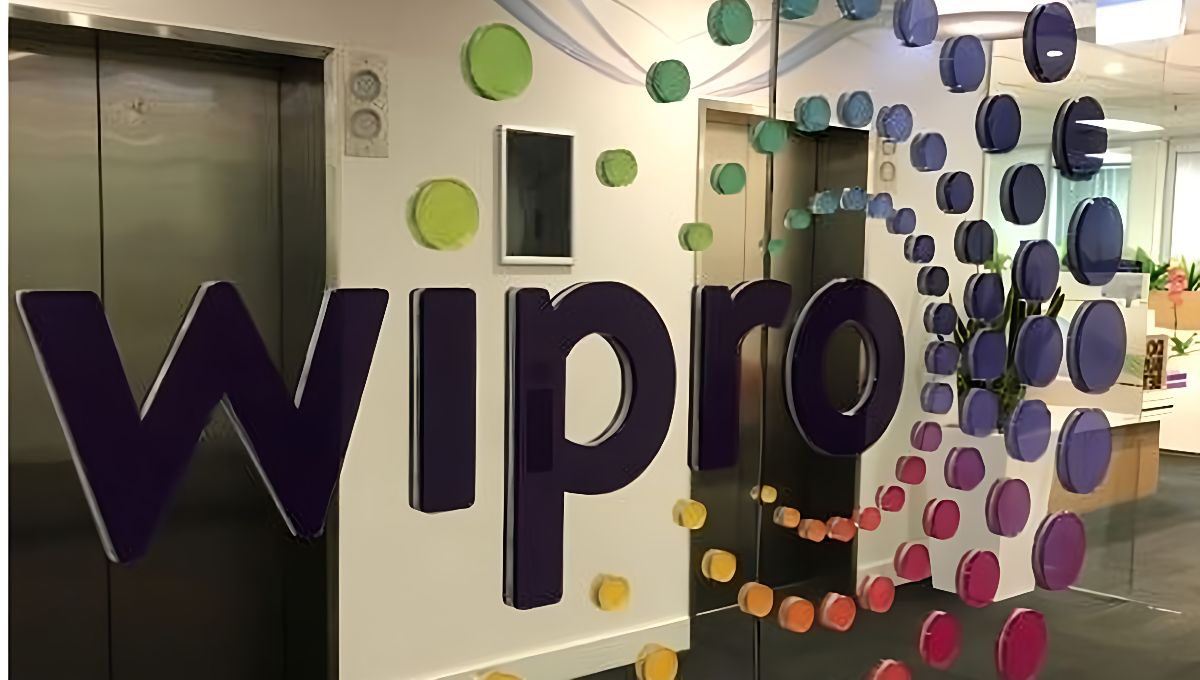On Thursday, Microsoft unveiled a new round of features for its AI assistant, highlighted by a major project that integrates artificial intelligence directly into one of its core products. The new Copilot Mode in Microsoft Edge aims to redefine what an “AI browser” can be — an intelligent, adaptable companion that assists users as they surf the web.
Mustafa Suleyman, CEO of Microsoft AI, described the update as a step toward a smarter browsing experience. “Copilot Mode in Edge is evolving into an AI browser that acts as your dynamic, intelligent companion,” Suleyman said in the announcement. With user consent, Copilot can understand and analyze open tabs, summarize or compare information, and even perform tasks such as booking hotels or filling out online forms.
Edge’s Copilot Mode first appeared in July with simpler tools, like a search bar on new tabs and the ability to navigate using natural voice commands. Initially, the feature was optional and didn’t receive much attention. At this week’s event, however, Microsoft expanded its ambitions by adding new capabilities — including “Actions,” which let Copilot complete tasks such as form-filling or hotel reservations, and “Journeys,” which connect information across open tabs. These additions don’t reinvent the product but push the concept of an AI-powered browser to the forefront.
The timing of the update is noteworthy, coming just two days after OpenAI revealed its own Atlas browser, another entry in the growing AI browser category. While Microsoft’s release had been planned for weeks, and development likely started months ago, the overlap between the two launches has drawn attention. Neither company created the idea of an AI-integrated web browser, but their similar presentations make the competition hard to overlook.


Visually, the two products resemble each other closely. Edge’s Copilot Mode features a darker interface, replaces a logo with text, and follows Windows-style window controls instead of macOS conventions. The main design difference is that Copilot operates in a new tab rather than a split-screen format. Aside from that, the two experiences are strikingly alike.
Some of this similarity is inevitable — users generally prefer clean, minimal interfaces, and there are only so many ways to incorporate a chatbot panel into a browser. In practice, the biggest distinctions will come from the AI models powering each product. Even so, the fact that both Microsoft and OpenAI released near-identical AI browsers within days of each other underscores how fiercely competitive the current AI landscape has become.
Also Read:
Amazon Rolls out AI Glasses for Delivery Workers to Reduce Phone Use
Sesame, the conversational AI startup from Oculus founders, raises $250M and launches beta









